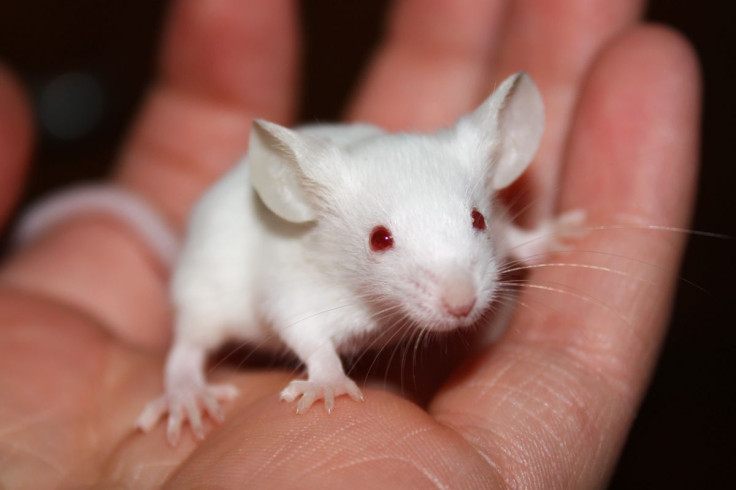Alzheimer’s Research: New Test Bridges Gap Between Human, Animal Research On Dementia

Testing for brand new drugs and therapy methods has to be done on animals. However unfair it may seem to animal rights activists, it’s simply impossible to start testing new, potentially dangerous drugs on humans without first seeing what they do to a living thing. Oftentimes though, even after testing in animals, it can be difficult for researchers to translate results from rodents to what they could mean for humans.
Clinical scientists from the University of California, San Francisco (UCSF) Memory and Aging Center have teamed up with researchers at the Gladstone Institutes to move forward with research on Alzheimer’s disease, specifically to see how mouse models can be compared to humans. Together, they developed a comparable test of memory and learning for humans as the one commonly used in mice — a first in neurological disease research. The cross-disciplinary research is critical, since mouse models have many limitations when comparing their test results to humans.
To date, every single promising drug that prevented or even cured dementia in mice went on to clinical trials only to fail. Laboratory tests used in animal models are sometimes not predictive of human memory performance, perhaps due to discrepancies between animal testing methods and clinical assessments given to humans.
For the new study, preclinical and clinical scientists converged to tackle the problem. They came up with a virtual version of the Morris water maze (a commonly used method of analyzing learning and memory in mice) so the results could more readily be compared across species.
“So far, there has been a poor track record of moving things from preclinical discoveries into successful clinical trials,” said senior author Dr. Steve Finkbeiner, a senior investigator at the Gladstone Institute of Neurological Disease and a professor of neurology and physiology at UCSF, in a press release. “The motivation for this research was to assess how similar the two species are in terms of problem-solving and learning in order to improve the translation of research between mice and humans. The insights we gain can help us better understand how outcomes from drug trials in a mouse might translate to a human.”
The paper compared the performance of mice — both healthy and with Alzheimer’s disease (AD) — on the Morris water maze with human patients on a video game version of the task. In the maze, mice were required to swim to a platform hidden in the water, using visual clues around the pool to find the spot several times. In the videogame version for humans, participants were instructed to hunt for buried treasure by also using visual background clues to guide them to where the treasure was hidden. Both challenges test spatial learning and require functional activation of the hippocampus, a brain structure that is highly implicated in the earliest stages of Alzheimer’s disease. Both AD model mice and human patients demonstrated significant impairment in terms of the time it took for them to locate the hidden object, and the distance they traveled.
Previous adaptations of the maze for humans were significantly different from the original in terms of their design and performance measures. The new virtual version included the same metrics and design as the water maze, along with using different statistical measures than previous investigations, allowing researchers to critically analyze the human and mouse data together.
“The beauty of this translational work is that we merged the studies and performed all of the analysis using the same methodology, so for the first time we were able to compare deficits directly across species,” explained co-first author Dr. Pascal Sanchez, a staff research scientist at Gladstone. “It was fascinating to observe that both mouse models of Alzheimer’s disease and patients in the early stage of this condition had very similar levels of deficits on the task. We can now test therapeutic strategies using the same memory test across species.”
The new test is now currently in use in research programs at the UCSF Memory and Aging Center.
Source: Finkbeiner S, Sanchez P, et al. New Memory Test Bridges Gap Between Human and Animal Research. Journal of Clinical Investigation. 2016.



























